How Much Does it Cost to Build a Website in 2024
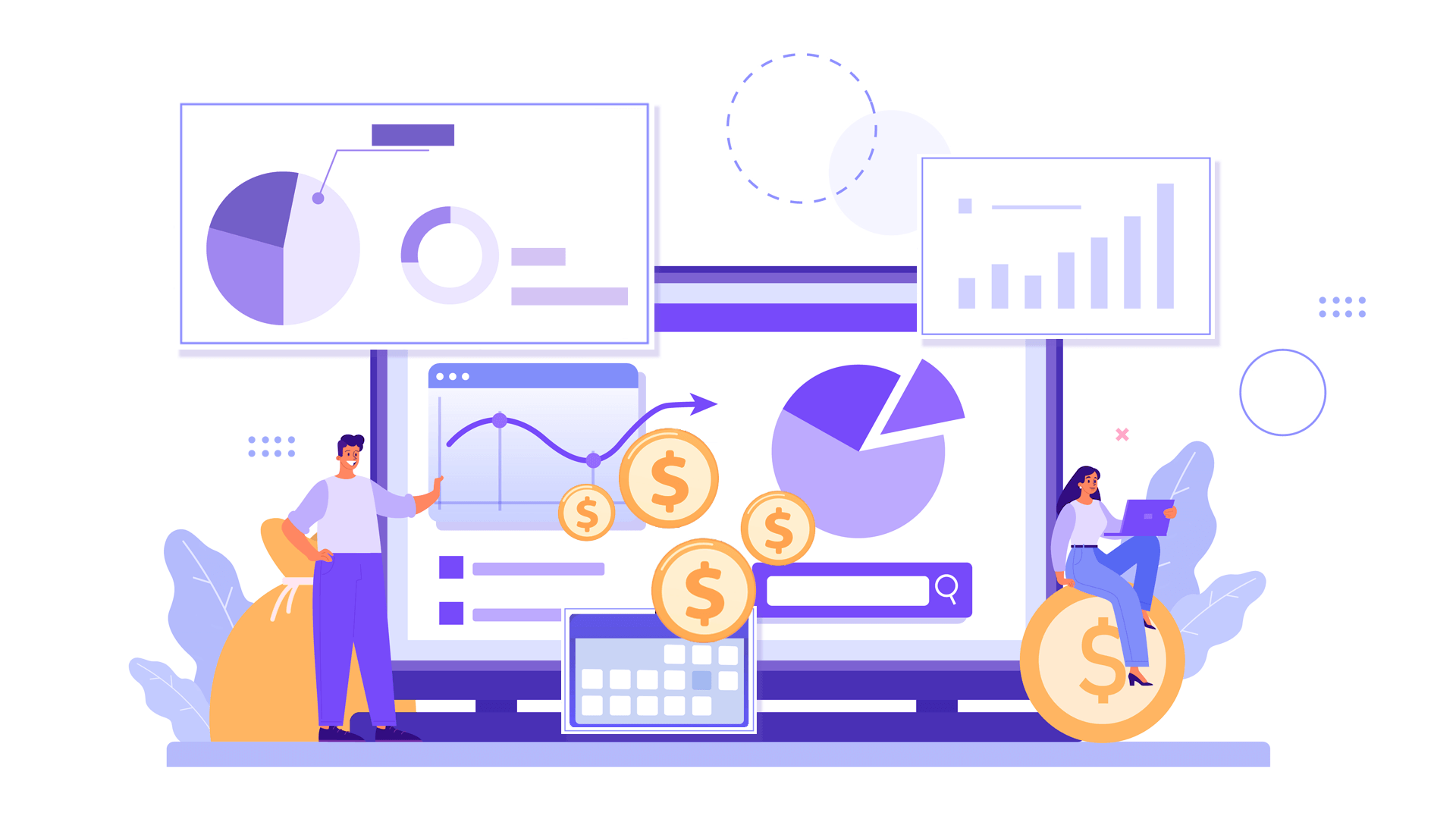
This digital world of 2024 is not only beneficial but necessary to have a strong presence in the online domain. In this rapidly changing technological age, an individual’s or a firm’s website is the virtual retail establishment. Now, while traversing the complexities of web design in 2024, it is crucial to understand the importance of a well-designed online presence. As per WebFX, the average cost of building a site ranges from $12,000 to $150,000 and that is for maintaining one ranges from $400 to $60,000 annually.
Why is having a website crucial in 2024?
With the internet being the primary source of information, services and products in today’s world, a website functions as your around-the-clock representative that has a global reach. Regardless of whether you are a solopreneur, freelancer or an established business, the website becomes your avatar on the internet and leaves a significant footprint for prospective clients and customers.
Website creation involves an investment, and the determinants of cost are a critical consideration. From the complexities of design to embedded functionalities, everything adds to the bottom line. We will consider these aspects in greater detail to understand this area of budgeting for your digital startup better.
As technology advances, so do the trends in website building. Your decisions today can significantly affect the longevity and relevancy of your website. UX improvements, latest innovations like AI and responsive design- understanding these trends is key. Not only to retain your audience’s attention but also to ensure that the costs associated with development are controlled.
Come along with us on this adventure in the digital world of 2024 where we reveal website development cost secrets, new trends and not so obvious ways to boost your knowledge about online sites.
Understanding the Basics of Website Development
The road to building a website begins with a certain level of fundamental knowledge about the main constituents and how these interacting elements form the essence of its presence. Let’s start by uncovering the basic aspects of website building to understand how a website works.
Fundamental Components of a Website
In essence, any website refers to a set of hyperlinked pages that are made visible on the internet. Knowing its core elements is like pulling the layers of a digital onion.These components include:
- HTML (Hypertext Markup Language): HTML is a spine of Web content that determines its form and layout.
- CSS (Cascading Style Sheets): CSS is responsible for the visual design; therefore, it defines how HTML elements are presented and styled.
- JavaScript: In short, JavaScript is the dynamic feature of a website that makes it responsive.
- Backend Development: This includes server-side scripting, databases and server management. Some of the common languages are PHP, Python and Ruby.
- Frontend Development: Frontend development concentrates on the user interface and provides a smooth user experience. It uses HTML, CSS, and JavaScript.
Types of Websites
The web is available in diverse types, which concentrate on varied needs and functions.Understanding these types is crucial for making informed decisions about your digital presence:
- Static Websites: Static websites are very basic and static which is good for the dissemination of simple information. They are easy and inexpensive to build but static with limited functionality.
- Dynamic Websites: Dynamic sites that work with databases provide interactivity and custom content. They are perfect for companies that need frequent updates and continuous user engagement.
- E-commerce Websites: e-commerce sites are developed to allow the buying and selling of products or services online. They require strong security mechanisms and superior functionalities.
Role of Design, Development, and Content Creation
The trifecta of design, development, and content creation harmoniously converges to shape the essence of a website, each playing a pivotal role in the overall cost:
- Design: Beautiful design attracts user attention. But sophisticated designs using custom graphics and animations may increase costs.
- Development: Development entails technical infrastructure such as coding, server setup and database management. Features and functionalities directly affect the cost of development.
- Content Creation: Content is the blood of any website. From an investment perspective, regardless of whether the content is text, images or multimedia, it creates value but also costs are involved.
In this journey towards understanding website building costs, grasping these essentials will help you to make relevant decisions that align with your digital ambitions.
Factors Influencing Website Development Costs
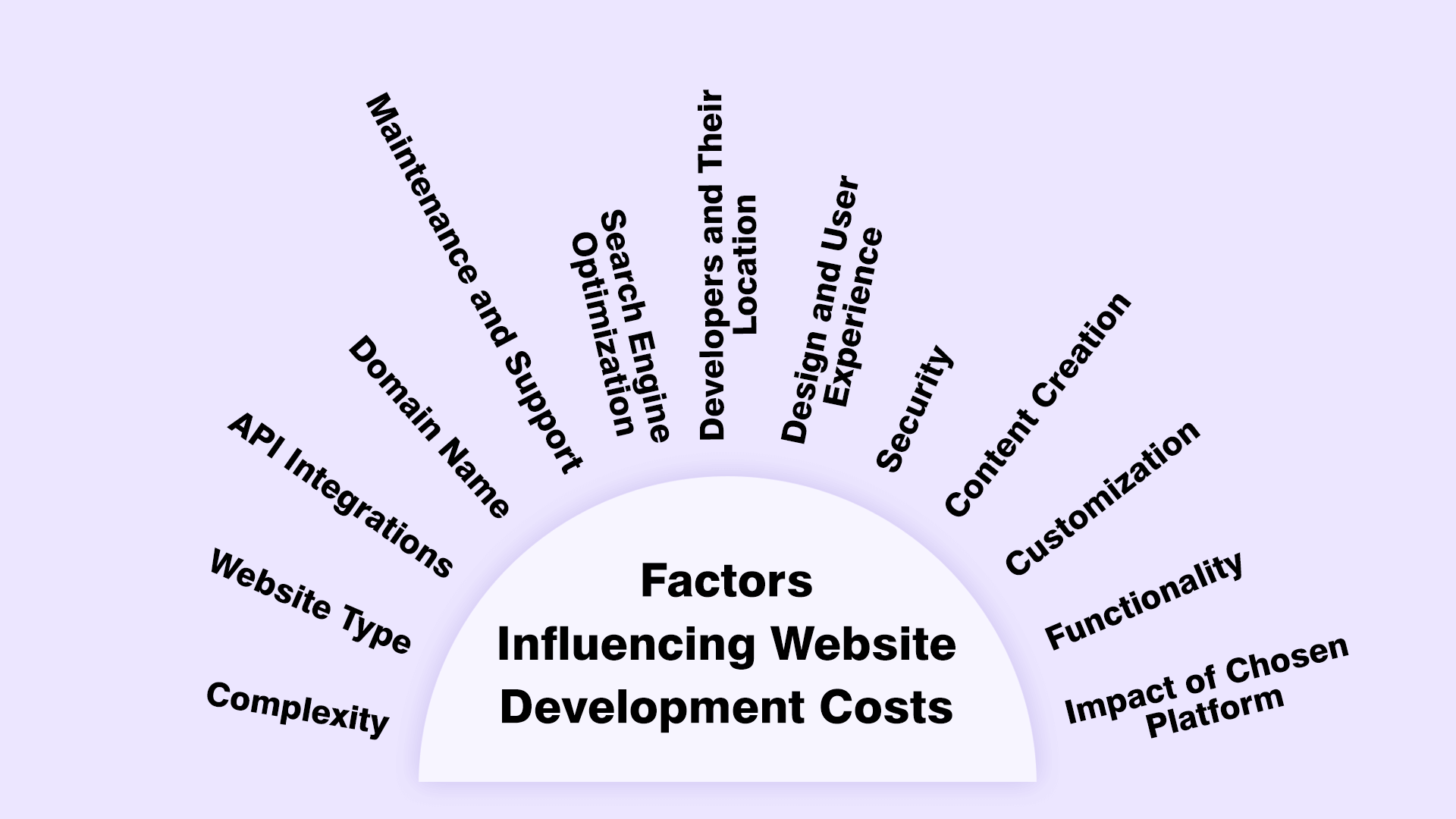
As we try to untangle the complexities of website development costs, it is necessary to unravel the vast multitude of factors that shape this financial universe. The complexity of the design, as well as functionality incorporated into it determine its overall price.Let's break down the key factors that cast their shadows on the budgetary canvas:
- Complexity
Complexity of your website, whether it’s a basic informational webpage or an advanced e-commerce platform, affects the costs. The more features and functionalities, the higher the development of expenses.
- Website Type
The type of website that you select (static, dynamic, e-commerce or others) has its objectives and functionalities. For instance, e-commerce sites tend to have more complicated development and thus, higher costs.
- API Integrations
The implementation of third party services or APIs can improve functionality but bring about increased development costs.
- Domain Name
It can be considered a minor expense to get a domain, but it is an investment needed for developing a recognizable online presence.
- Maintenance and Support
The continuous support and maintenance guarantee the normal functioning of your website. Budgeting for such services is crucial for long-term viability.
- SEO (Search Engine Optimization)
The use of SEO strategies during the development stage leads to increased costs but ensures a better position in search engines which can bring additional traffic.
- Developers and Their Location
Costs depend on the skill level and location of developers. To hire experienced developers or settle for developers in areas with higher labor costs can lead to additional costs.
- Design and User Experience
Costs of design can also be affected by its hypercomplexity and individual nature, as well as user experience.
- Security
You need to ensure web security. While sound security measures may come at an extra price, they are necessary to protect the information of users.
- Content Creation
The cost of producing quality content including texts, graphics and multimedia materials are also included.
- Customization
Personalization of design components, features and functionalities on the basis of specific requirements leads to an increasing cost factor.
- Functionality
In terms of development cost, functionalities such as user accounts, search features or interactive elements influence the range and complexity.
- Impact of Chosen Platform
A development platform, for instance, WordPress to ensure ease or custom development to supply bespoke solutions, plays a vital role in determining the costs. Custom development is usually more expensive but offers more versatility.
Understanding the intricacies of these driving forces is critical in setting an appropriate budget for your website development project. Moving forward, we will dive into the specifics of web development expenses shedding light on factors that contribute to your final decision.
Trends and Technologies in 2024
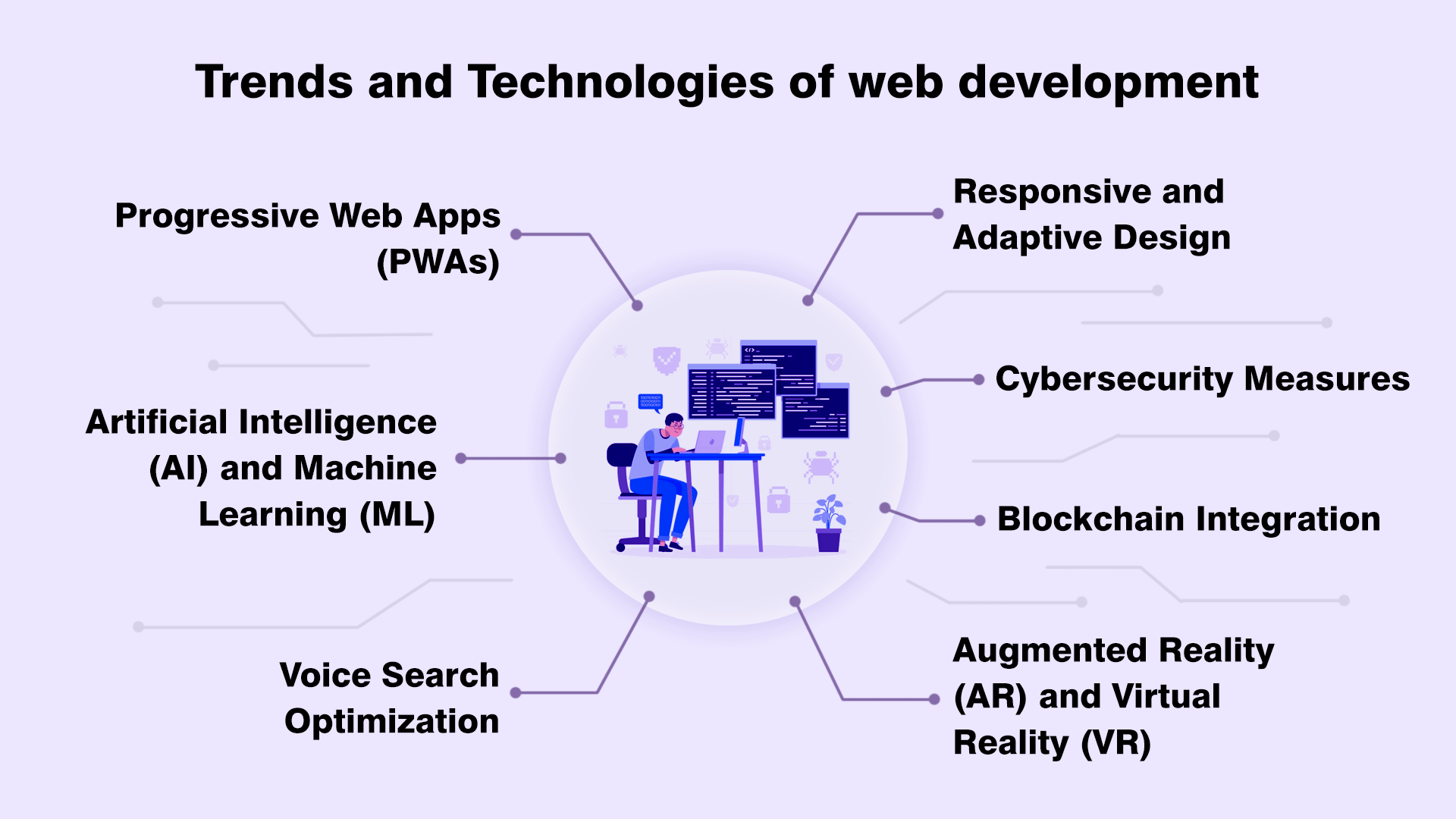
In the dynamic world of web development, keeping in touch with new trends and technologies is no longer an option but a demand. In the year 2024, a variety of new business strategies and advanced technologies are transforming the virtual world. Let us analyze these trends and cast light on how they may influence the swing of website building costs.
Progressive Web Apps (PWAs)
PWAs bring together the best of web and mobile apps, providing a consistent experience while using them on any device. PWAs load faster, work offline and provide better engagement.
As PWAs improve the user experience, their implementation may involve additional costs owing to the required expertise and adding some features such as an offline functionality.
| Project Size | Cost Estimate |
|---|---|
| Small Project | $5,000 - $10,000 |
| Medium Project | $10,000 - $20,000 |
| Large Project | $20,000 - $50,000+ |
Artificial Intelligence (AI) and Machine Learning (ML)
Subsequently, the combination of AI and ML in web development allows for tailored user journeys, precise chatbots and data-driven strategies.
Including AI and ML functions involves specialist skills which, in turn, may affect the costs. But the long-term returns in user engagement and productivity could be more than enough to justify the initial investment.
| Project Size | Cost Estimate |
|---|---|
| Small Project | $7,000 - $15,000 |
| Medium Project | $15,000 - $30,000 |
| Large Project | $30,000 - $75,000+ |
Voice Search Optimization
As a result, with the advent of voice-activated devices, it becomes extremely important to optimize websites for voice search. This trend guarantees that websites are available to users who use voice commands.
Voice search optimization may include changes to the content and technical elements that can affect costs. On the other hand, meeting changing user needs can lead to a site’s competitiveness.
| Project Size | Cost Estimate |
|---|---|
| Small Project | $3,000 - $8,000 |
| Medium Project | $8,000 - $15,000 |
| Large Project | $15,000 - $35,000+ |
Responsive and Adaptive Design
Users visit websites using different devices, but responsive and adaptive design offers a uniform user experience across screens.
Putting a premium on responsive design from the beginning can positively affect costs through eliminating the requirement for unique development for various gadgets. On the contrary, redeveloping an existing site may cost more.
| Project Size | Cost Estimate |
|---|---|
| Small Project | $4,000 - $8,000 |
| Medium Project | $8,000 - $15,000 |
| Large Project | $15,000 - $30,000+ |
Cybersecurity Measures
With the growing threat landscape, an expansive cybersecurity apparatus that safeguards user data and engenders trust is crucial.
Advanced security features will also contribute to the final cost. But the investment is vital to protect sensitive data and preserve user trust.
| Project Size | Cost Estimate |
|---|---|
| Small Project | $6,000 - $12,000 |
| Medium Project | $12,000 - $25,000 |
| Large Project | $25,000 - $50,000+ |
Blockchain Integration
Being beyond cryptocurrency, blockchain technology offers improved security and transparency in transactions and data management.
Blockchain functionalities integration may lead to higher costs, caused by the fact that they require specific development. Yet, for e-commerce or data the need for trust and security is crucial indeed.
| Project Size | Cost Estimate |
|---|---|
| Small Project | $8,000 - $15,000 |
| Medium Project | $15,000 - $30,000 |
| Large Project | $30,000 - $60,000+ |
Augmented Reality (AR) and Virtual Reality (VR)
The use of AR and VR in development is becoming widespread, giving users an immersive experience.
Adding AR or VR elements can be a pricey project based on specialized development that may potentially change the overall cost of any given effort. But what sets a website apart are its special experiences.
| Project Size | Cost Estimate |
|---|---|
| Small Project | $10,000 - $20,000 |
| Medium Project | $20,000 - $40,000 |
| Large Project | $40,000 - $100,000+ |
These trends and technologies give an insight into the future of web development. The introduction of these innovations can improve user experiences and keep your website competitive, however the level of costs should be compared with the benefits. As we explore the complexities of website development costs, this knowledge will help you to make informed and relevant decisions in line with the needs of 2024’s digital world.
Different Approaches to Website Development: Navigating the Crossroads
Starting the road of website development means choosing an appropriate technique that matches your needs, resources, and skills.In this section, we'll compare two distinct approaches: choice between hiring a professional web development agency and using Do-It-Yourself (DIY) platforms. When we break down the prices, benefits and drawbacks of each one, we hope to enable you to make a wise decision.
The Process of Hiring a Professional Web Development Agency.
Hiring a Professional Web Development Agency
Costs
Hiring a professional web development agency will cost more initially.The expenses cover services such as:
- Customized design and development
- Expertise in coding and programming
- Ongoing support and maintenance
Pros
- Expertise: The ability to leverage a team of experts across various fields.
- Customization: Customized solutions to address specific business requirements.
- Support: Maintenance and technical support keep the website running smoothly.
Cons
- Higher Costs: Initial and continuing costs can be high.
- Time: Customization may slow down the development process.
- Dependency: Dependency on the agency for updates and changes.
DIY Platforms
Costs
Opting for a DIY platform involves lower initial costs, often encompassing:
- Pre-built templates and themes
- The platform fee covers hosting services.
- Simplified content management systems
Pros
- Affordability: Its low upfront costs make it affordable.
- Speed: The development process is fastened through quick setup with pre-designed templates.
- Control: Updates and modifications are better controlled by users.
Cons
- Limited Customization: However, template constraints can restrict the level of personalization.
- Learning Curve: DIY platforms can involve a learning curve in that one has to be conversant with web development.
- Support Limitations: Less support than a central agency.
The question of whether to hire a professional web development agency or use the DIY platform depends more on your particular needs, budget considerations and future goals. Every method has its pros and cons, so the choice is determined by what you envision as an effective online presence that will be sustainable over time.
Average Costs for Different Types of Websites
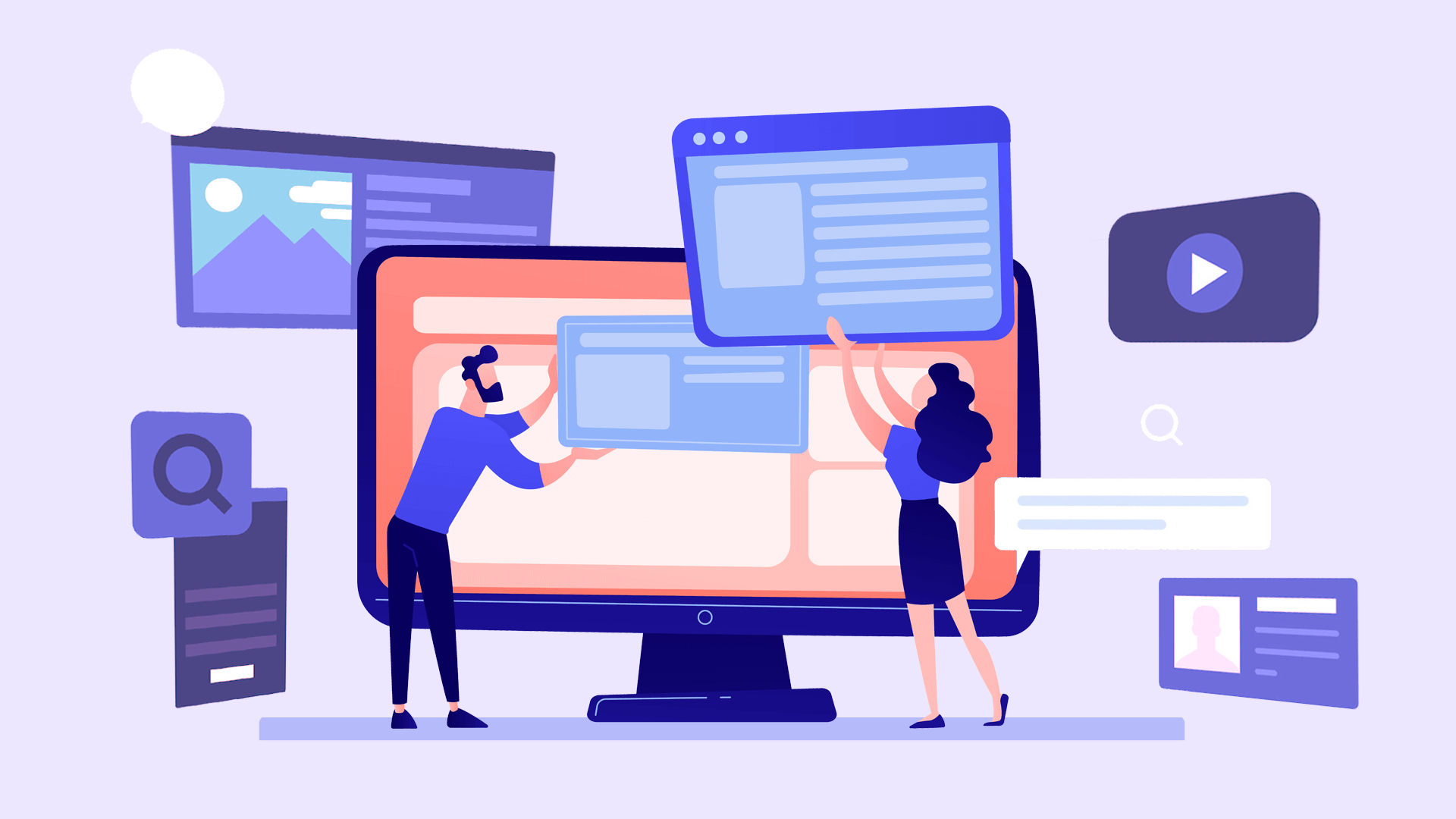
The understanding of typical costs in the evolving landscape of website building is critical for both businesses and individuals. Regardless of whether you are a freelancer presenting your portfolio, a small business attempting to make an online presence or an e-commerce giant venturing into web based deals, there is much data manageable that can enable you to take the right decision. In this analysis, we will discuss the costs for a portfolio, business, and e-Commerce websites to detail information based on industry standards and market research.
Portfolio Websites
Portfolio websites act as a virtual exhibition for people like freelancers, artists, writers, and photographers. The main objective is to showcase the creator’s art and talents.
| Cost Category | Average Cost Range |
|---|---|
| Domain Name | $10 - $20 per year |
| Hosting | $5 - $30 per month |
| Website Design | $500 - $3,000 |
| Development | $500 - $2,000 |
| Maintenance | $20 - $100 per month |
Average Total Cost for Portfolio Website: $1,035 - $5,150
Business Websites
First of all, business websites are necessary to have a presence online and convey information about the business itself, its services or products offered as well as facilitate communication with potential customers or even clients.
| Cost Category | Average Cost Range |
|---|---|
| Domain Name | $10 - $20 per year |
| Hosting | $15 - $50 per month |
| Website Design | $1,000 - $5,000 |
| Development | $1,000 - $5,000 |
| Content Management System (CMS) | $500 - $2,000 |
| Maintenance | $50 - $200 per month |
Average Total Cost for Business Website: $2,575 - $12,270
E-commerce Websites
E-commerce sites enable the making of online purchases, hence enabling businesses to directly sell their products or services to consumers. Such sites need comprehensive features, for instance secure payment gateways and inventory management.
| Cost Category | Average Cost Range |
|---|---|
| Domain Name | $10 - $20 per year |
| Hosting | $30 - $150 per month |
| E-commerce Platform | $1,000 - $5,000 |
| Website Design | $2,000 - $10,000 |
| Development | $2,000 - $10,000 |
| Payment Gateway Integration | $500 - $2,000 |
| Maintenance | $100 - $300 per month |
Average Total Cost for E-commerce Website: $5,640 - $27,540
These tables represent the breakdown of average costs for various types of websites, including domain name, hosting, design, development and maintenance. Please bear in mind that these are just rough estimates and actual costs may differ depending on the project type and locality.
Factors Affecting the Cost of Website Building
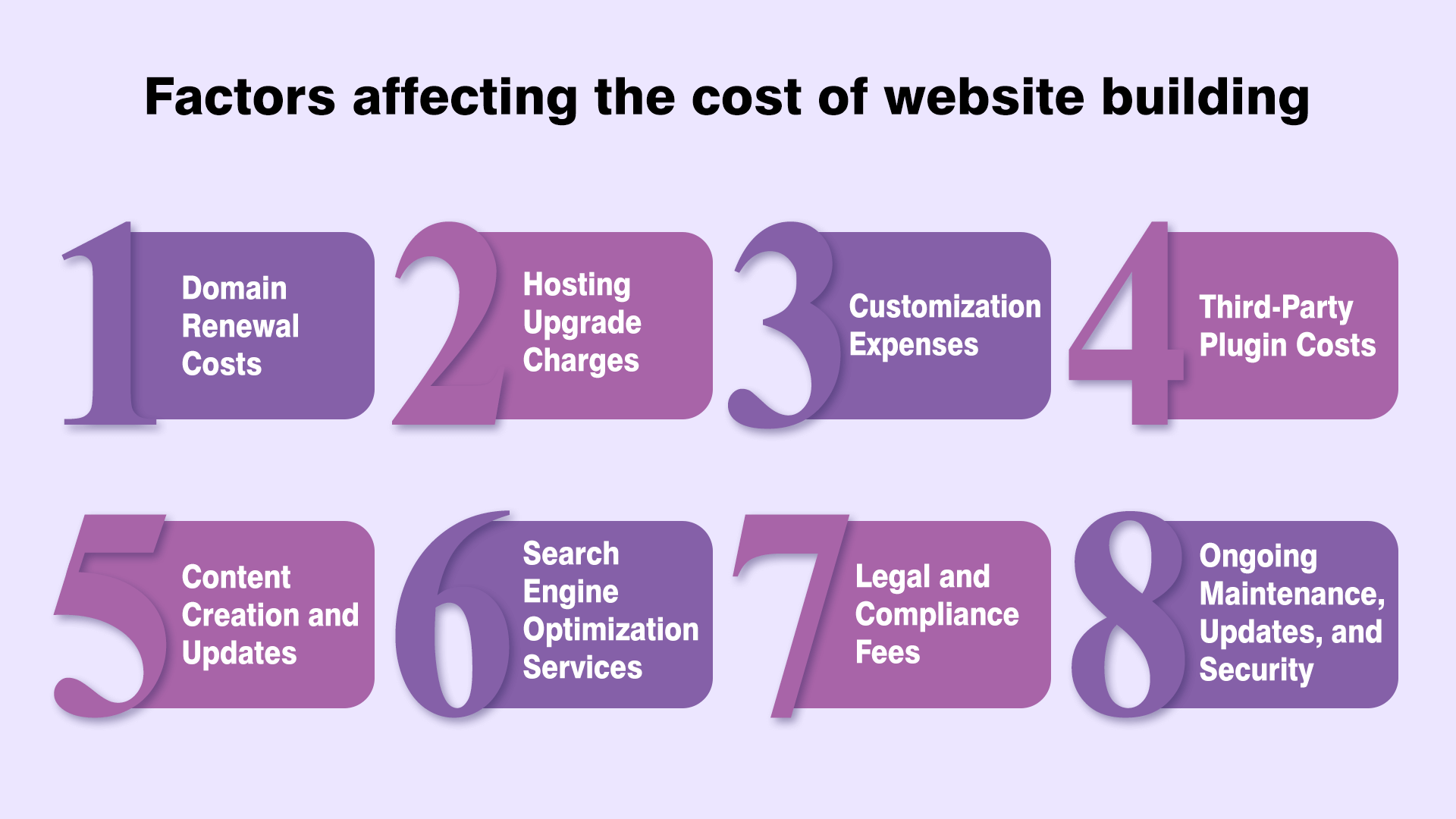
Website creation is usually accompanied by a sense of excitement coupled with anticipation, but the world of web development hides more than one price tag behind its facade. To provide a trouble-free and economically stable encounter, the individuals and business people have to be informed of these possible costs. In this study, we’ll uncover hidden costs that are often overlooked and highlight the need for budgeting regularly maintenance updates, and security.
Domain Renewal Costs
- Hidden Cost: The first domain registration is a once in a while cost however individuals consistently neglect the persisting charge of area reenlistment.
- Consideration: Annual domain renewal fees ranging from $10 to $20 should also be budgeted to ensure ownership and maintain continuity.
Hosting Upgrade Charges
- Hidden Cost: Since traffic is increasing day by day, and the number of pages keep on adding content that is quite large, there perhaps would be a need for better hosting with specific fees to be paid.
- Consideration: If regular monitoring of the website’s performance is initiated along with forecasting possible growth, this could improve planning for the scale of an upgrade to hosting at $5-150 monthly.
Customization Expenses
- Hidden Cost: Further customization operations, staying after the primary design and development may cost an extra amount.
- Consideration: Understanding the specification and specifications of needs from project stage one allows to avoid viable costs.
Third-Party Plugin Costs
- Hidden Cost: Third-party plugins that may improve functionality for a better vendor experience could be at subscription fee or simply one off payment.
- Consideration: As a result of bearing the costs for such compulsory plugins as part of one’s budget, it is possible to plan finances with more precision.
Content Creation and Updates
- Hidden Cost: Keeping website information changing is different from creating engaging materials since the latter can also engage other funds, for instance in continued cases where often at an investment you have to go ahead and hire a content writer or photographer.
- Consideration: First, the Reserved Publishing Budget should be allocated to consistent production of new content and updating an online presence on a regular basis.
Search Engine Optimization (SEO) Services
- Hidden Cost: SEO compounds can be considered to be an ongoing cost that shows up with enhanced search engine accessibility.
- Consideration: This requires the recognition of SEO as a needed means and making budgets available periodically to pay for optimization services, leading to sustainable success.
Legal and Compliance Fees
- Hidden Cost: The lawyer should include the legal fees that could be used in making sure that there are no breaches of data protection regulation and others.
- Consideration: This is because it has become vital to earmark for legal advice in privacy policies, terms of service and related matters that would help in the avoidance of a problem on an ethical basis.
Ongoing Maintenance, Updates, and Security
- Hidden Cost: Apart from neglecting the requirement for constant maintenance, updates and protection measures, this can result in potential weaknesses and further expenses for speedy fixes during emergencies.
- Consideration: Allocating a monthly budget to support routine upkeep, upgrades and safety measures prevents big problems and ensures the sustainability of the website.
Importance of Budgeting for Ongoing Maintenance
Furthermore, maintenance is not just an option but rather a prerequisite for the functionality of any site.Budgeting for this crucial aspect helps in:
- Preventing Downtime: Routine maintenance minimizes the risk of unplanned outages, so that visitors still have access to a functioning site.
- Enhancing Security: Allocating funds to security measures and updates protects against cyber threats, ensuring the safety of sensitive data and user confidence.
- Sustaining Performance: Constant updating and optimization improves the performance of a website, which greatly enhances user experience.
- Adapting to Changes: Continual maintenance allows for flexible adaptation to evolving trends, features and security procedures as technology advances.
In the rapidly changing environment of cyberspace, it is necessary to consider these hidden costs and permanent factors. Thoughtful budgeting prevents unpleasant financial surprises and ensures sustained success and dependability of your digital footprint.
Tips for Cost-Effective Website Development
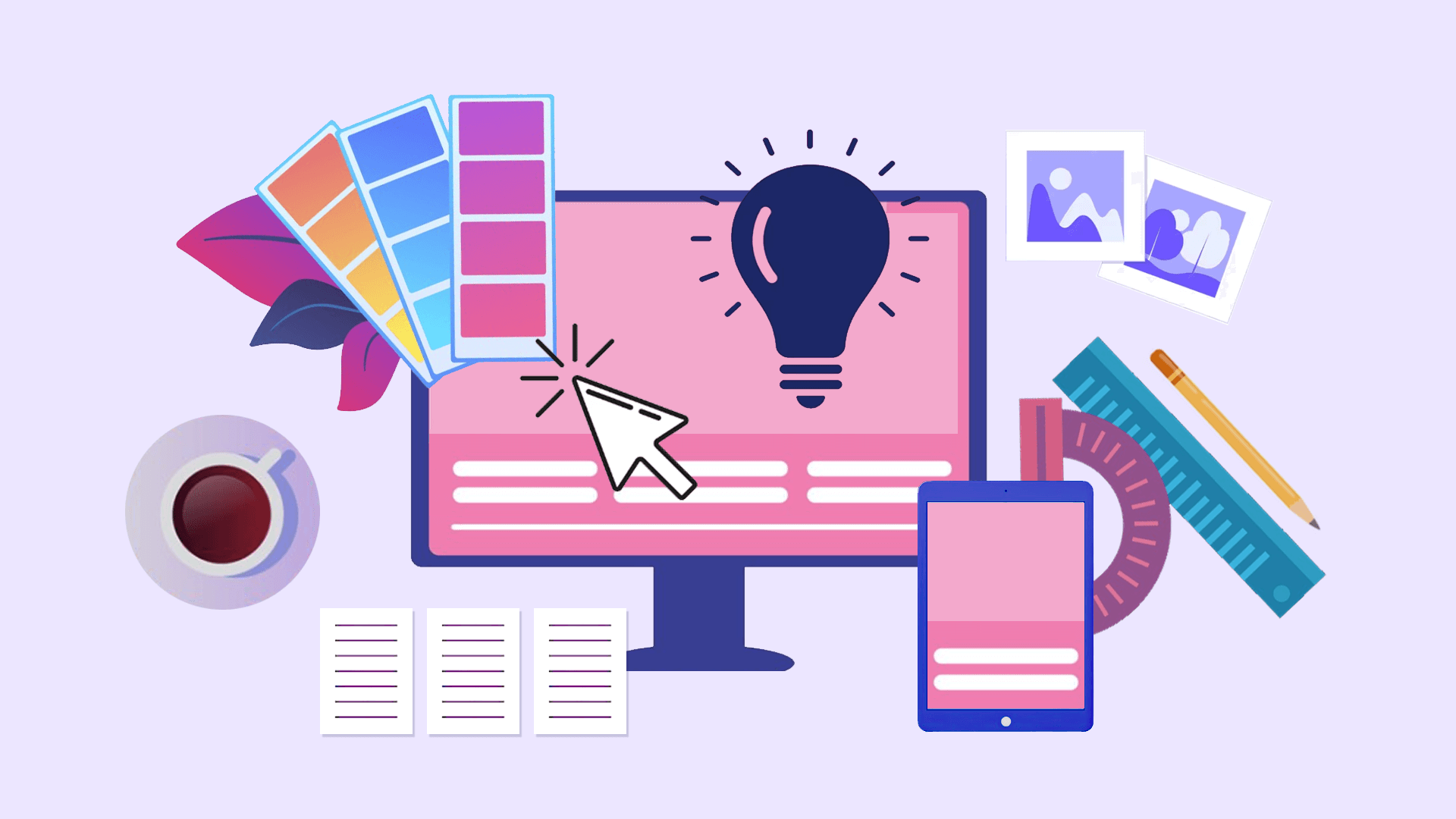
Developing a website does not have to cost them an arm and branch. Through proper planning and all assets of information are shared, it is possible to attain cost-effective solutions without negatively affecting the quality.
Define Clear Objectives
State clearly what is intended to be achieved on your site as well as the features and functionality of the website right from the start.
- This minimizes the prospect of revision or addition later because it helps developers understand what you need accurately.
Choose the Right Platform
Choose a platform that can meet your project demands. Choose user-friendly CMS to allow quick changes.
- The well-chosen platform can save time on development, create simplicity instead of product complexity and optimize costs while realizing custom solutions.
Optimize Design Elements
Pay considerable attention to your website design which should be as clear and concise as possible with no unnecessary elements.
- Users have better experiences when design is simplified because it leads not only to positive end user advantages, but it also takes away the stress of additional costs for designers and developments.
Utilize Pre-built Templates
When there is no need for customized sections of your website, use pre-built templates.
- If using pre-built templates, development will be made simpler and less time consuming.
Open Communication Channels
Maintain progressively honest communication with your team of developers.
- Talking about your expectations, possible hurdles, as well as the points of reference you set is necessary to prevent misunderstandings on the client’s side and spending additional cash.
Plan for Scalability
While developing an architectural design, make it scalable as future changes and additions are likely.
- Measures aimed at building your website design with scalability in mind allow you to avoid reliance on complex restructuring efforts and unnecessary development.
DIY Where Feasible
Seriously think about undertaking some processes within oneself using simple solutions, for instance, editing content itself.
- Such activities as repair, cleaning etc. done by using do it yourself approach help to save money in the form of ongoing maintenance costs particularly for routine tasks that are likely to happen from time to time.
Research and Compare
Compare costs of those service providers that you will come across while doing a bit of market research before settling on your development team.
- This prevents you from paying an overpriced amount since you know a price that is acceptable on the market.
Prioritize Essential Features
Home in on an array of fundamental ones that support your main objectives.
- Working towards prioritizing key features is essential because this ensures that developments are not done in error leading to wastage of resources which might have been used on other areas.
Test Early and Often
Undertake bundled empirical testing within the development procedure.
- Early identification and prevention of problems prevents costly corrections during the project, when such changes can throw off budgets and schedules.
The essence of cost effective website development lies in implementation of correct decisions, establishment and sustenance of necessary forms of communication and planning success that lasts throughout short as well long terms. As such, these tips can help you balance the need to have your budgetary constraints and a site that is attractive yet functional in achieving.
Conclusion
The road to establishing a successful web-presence is a reflection of the complexity of digital media that accompany loaded courses in its path and cover several intersections. And while building a website may seem like an intimidating journey, with Addevice as your chosen partner, it becomes a breeze to turn your vision that you had into reality.
With this dedication to excellence coupled with the determination by providing cost-effective solutions, we are an excellent partner for individuals as well businesses looking forward to a reliable and innovative web development wing. It does not matter whether you want to promote your portfolio, get yourself a business page, or master in the almighty world of e-commerce; Addevice knows how to realize your plans.
Why Choose Addevice for Your Website Development:
- Expertise: Our team of developers, and designers is in a position with many years’ worth of experience as they strive to come up with websites that are adequate for the specified needs.
- Cost-Effectiveness: Nobody is better positioned to understand that a budget-friendly solution must not translate to substandard quality than Addevice. Our company has a commitment to efficiency that will make sure you are able to realize great value for your investment with limited transparency in pricing.
- Communication: At the heart of our practice is clear communication. We get the privilege of working with you in a close manner so that we can learn about your goals, to address your problems and update you at various stages; from the development process.
- Innovation: After all, the phenomenon of web development keeps changing for Addevice to always stay ahead. Our primary goal is to provide cutting-edge technologies and trends that not only meet your needs, but also guarantee that your web presence will be different from other competitors.
In the beginning of this amazing adventure you will choose a vendor for sure, so that we invite you to contact Addevice. Let us be your strategy partner that will make the vision of your company a reality, resulting in a great and well animated website. Reach out to us today, and let’s work together in forging a site that does not only satisfy your current expectations but also begins a road towards noting further victories as you will develop the digital dimension.
It means, your site is not just a website but it is your digital representation. Count on Trust Addevice to transform that identity into a real marvel.
Discover the Cost of Crafting Your Website
With a wealth of experience spanning over a decade, we've empowered numerous businesses with our expertise in crafting exceptional digital solutions.
What we offer:
✅ Tailored solutions to fit your budget
✅ Transparent pricing models
✅ Expert consultation on cost-effective strategies
Table of contents
FAQ
To build a high-quality and affordable website, clarify the goals set the type of platform used to ease development process by adopting appropriate design optimize your particular website through pre-built templates, maintain frequent communication with your developer.
Maintaining the website is very critical to ensure its safety and good health. Budget to enable a monthly allowance of funds as household chores, updates, and security measures that would eventually prevent errors from occurring in the future but avoid significant issues while also creating an easy user experience.
Professional agencies provide professional skills, personalization and inherent problem resolution. Although the DIY platforms are seemingly cheap upfront, agencies offer individually tailored solutions for a special online presence and long-term success through advice and maintenance.
In order to avoid surprises in terms of hidden costs, identify crisp project objectives, select the suitable platform and openly communicate with your web development team regarding the goals of an upcoming website during its planning stages all though scalability options need to be feasible plan well for conducting research when needed prioritize vital features while creating and regularly test what you have created by checking various drafts as you update throughout.
In order to be cost-effective, try to focus on core functions, pick a simple interface or application programming interface (API), consider using ready made templates, ask yourself if they can manage internal content updates themselves and research your providers. Focusing on these two aspects of cutting costs while maintaining quality levels helps to achieve cost-effective strategies using strategic planning, clear communications, and a keen focus on your new project’s core goals.
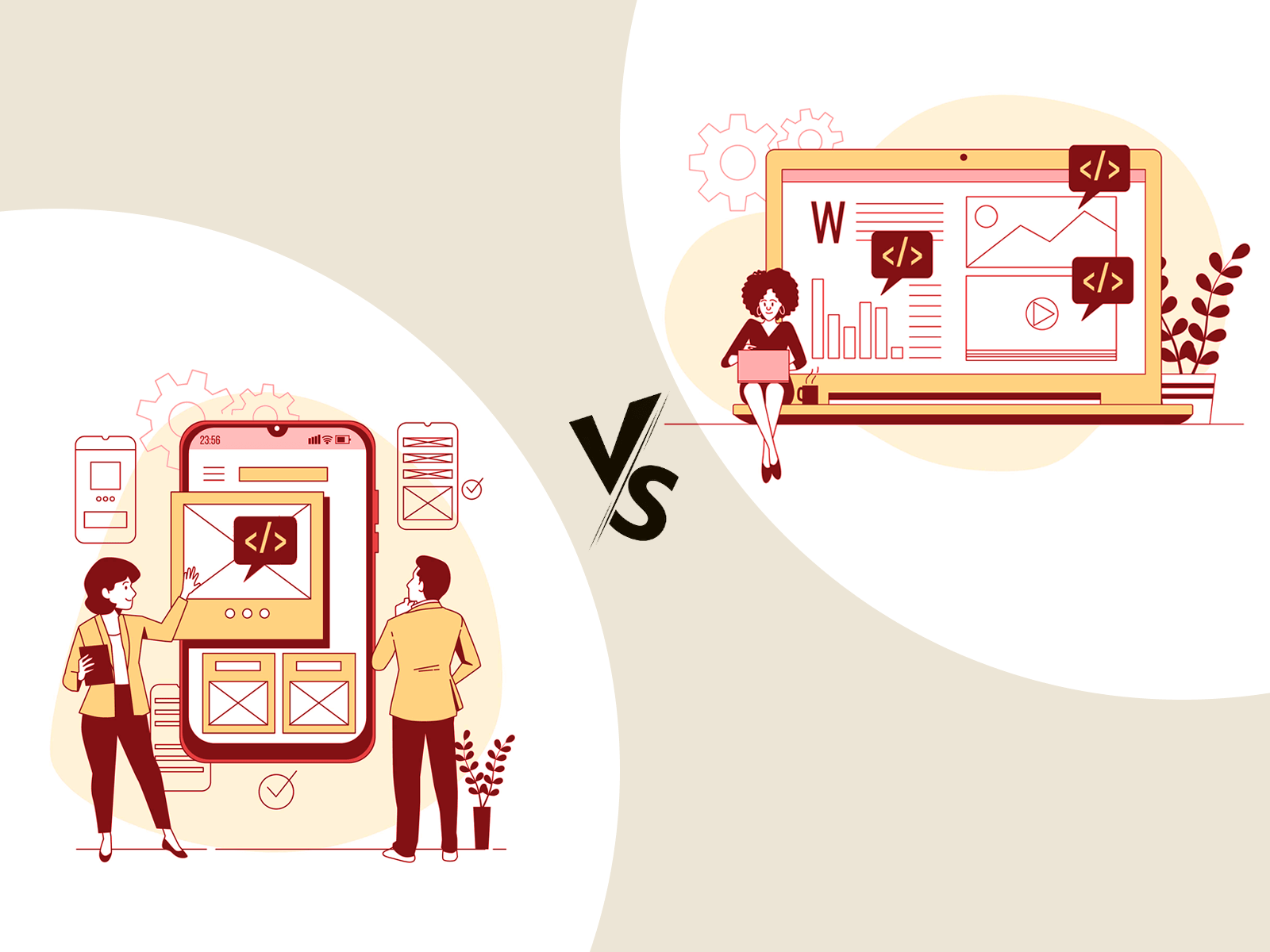 Mobile App vs. Web App: Which Is Right for Your Business
Mobile App vs. Web App: Which Is Right for Your Business